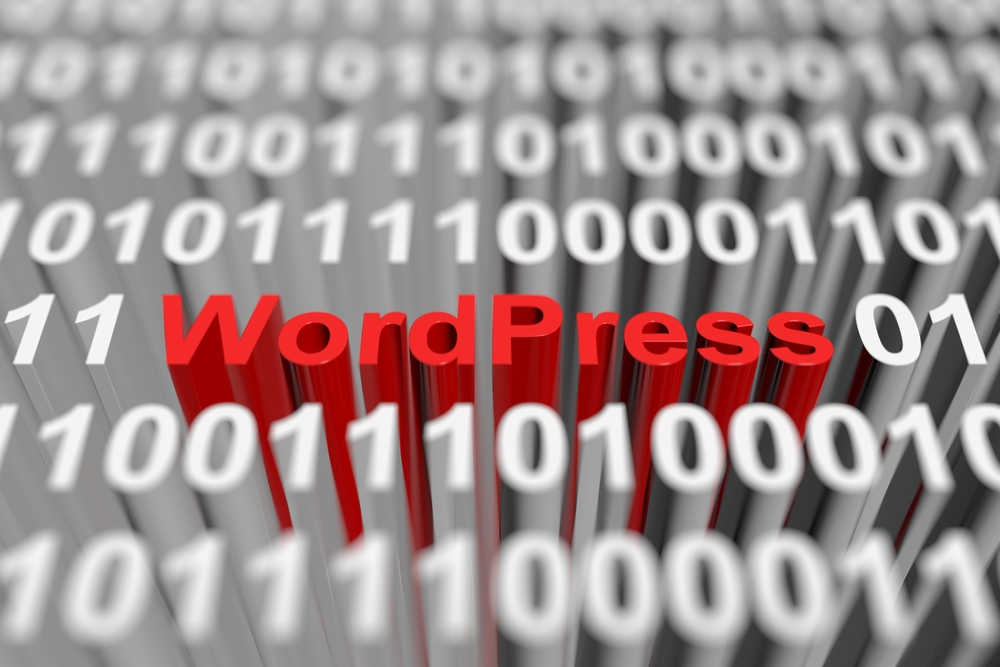
WordPress (WP) is the go-to platform for website creation and management, and it's not hard to see why. With its user-friendly interface, extensive customization options, and robust plugin ecosystem, WordPress (the blogging platform) has become the leading choice for beginners and experts alike. In this guide, we will cover everything you need to know about WordPress website customization and maintenance, including insider tips and tricks to help you make the most of your WordPress (the platform for bloggers) -powered site.
1. Choosing the Right ThemeThe first step in customizing your WordPress (or WP) website is selecting the right theme. With thousands of free and premium options available, it can be overwhelming to choose. Look for a theme that aligns with your website's goals and aesthetic, and ensure it is regularly updated by its developers to stay compatible with the latest versions of WordPress.
2. Customizing the Appearance
Once you have installed your chosen theme, it's time to customize the appearance to make your website truly unique. WordPress provides various customization options, including the ability to change colors, fonts, and layouts. Explore the theme customization menu in the WordPress dashboard to tweak these settings and tailor your website to your preference.
3. Installing Essential Plugins
Plugins are an integral part of WordPress and can extend the functionality of your website. There are plugins available for almost any feature or functionality you can think of. However, it's essential to only install and activate necessary plugins to keep your website's performance optimized. Some essential plugins to consider include:
- Yoast SEO: Helps optimize your website for search engines.
- WP Super Cache: Improves website speed by caching static files.- Akismet Anti-Spam: Prevents spam comments on your blog posts.
- UpdraftPlus: Provides easy backups and restoration of your website.
- Contact Form 7: Enables simple contact form creation.
4. Customizing with Page Builders
Page builders are powerful tools that allow you to create, edit, and customize your website's pages without any coding knowledge. There are several page builders available for WordPress, such as Elementor, Divi, and Beaver Builder. These intuitive drag-and-drop interfaces make it easy to design visually stunning pages, add interactive elements, and create custom layouts.
5. Optimizing Website Performance
A slow-loading website can negatively impact user experience and search engine rankings. To optimize your WordPress website's performance, consider the following:
- Use a caching plugin, like WP Super Cache or W3 Total Cache, to store static content and reduce server load.
- Minimize image sizes using compression plugins like Smush or ShortPixel.- Clean up your WordPress database by removing unnecessary data with plugins like WP-Optimize or WP-Sweep.
- Enable gzip compression to reduce file sizes and speed up content delivery.
6. Maintenance Best Practices
Regular maintenance is crucial to keep your WordPress website secure and running smoothly. Follow these best practices to ensure optimal performance:
- Keep your themes, plugins, and WordPress core up to date to benefit from security patches and bug fixes.
- Regularly backup your website using a plugin like UpdraftPlus or VaultPress.- Monitor your website's health using plugins like Jetpack or Sucuri.
- Remove inactive plugins and themes to reduce potential vulnerabilities.
- Scan your website for malware and perform security audits.
7. Frequently Asked Questions
Q1. Can I customize a WordPress website without coding knowledge?A1. Yes, WordPress provides plenty of customizable options through its theme, plugin, and page builder ecosystem, allowing you to create a personalized website without any coding experience.
Q2. How often should I update my WordPress website?
A2. It is essential to regularly update your WordPress website to ensure security and to benefit from bug fixes and new features. Aim to update themes, plugins, and WordPress core as soon as updates are available, while also keeping a backup as a safety net.
Q3. Can I change my WordPress theme without losing my content?
A3. Yes, changing your WordPress theme should not affect your content. However, it's always recommended to take a backup of your website before making any significant changes to prevent potential issues.
Q4. How can I improve my WordPress website's SEO?
A4. To improve your WordPress website's SEO, consider using an SEO plugin like Yoast SEO, optimize your content with relevant keywords, and create meta tags and descriptions for each page and post.
Q5. Are there any security risks associated with WordPress websites?
A5. Like any website platform, WordPress is not immune to security risks. However, following best practices such as updating your themes, plugins, and core, using secure passwords, and installing security plugins can greatly minimize potential vulnerabilities.
In conclusion, WordPress offers a wealth of customization and maintenance options, making it an ideal platform for creating and managing websites. Whether you're a beginner or an experienced user, this ultimate guide will help you unlock the full potential of WordPress, empowering you to customize your website to your heart's content while maintaining optimal performance and security.
Other useful resources
- https://www.wordpress24plus.com/services/